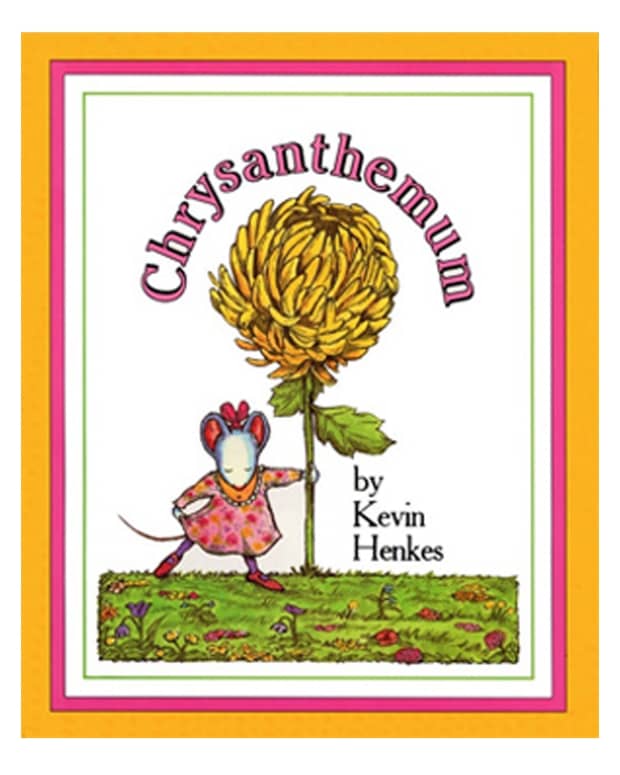

I wonder why? DJ, what are the average syllables per name?"ĭJ puts on his teaching hat to tell Delenn what a syllable is. Me: "Hmmm, but 'Victoria' *sounds* almost as long as 'Chrysanthemum'.

so, until you get to Victoria and Chrysanthemum, what do you see?"ĭJ: "Three letters per name, yeah, all the way to Rita."ĭelenn: "I can count the letters in Chrysanthemum! (8 y/o threatening to do so before she can). And here is a 4 letter name - Lois - next to a 2 letter name - Also, those average 3 letter each if you move the 's' to Al's box. "What I mean is, many of the names have three letters. Me: "Hmmm, DJ, I wonder, just looking at this, can you *see* the average number of letters if the kids' names?" He stares at the page not understanding my question, and does some quick multiplication in his head of 3 times 15 to get 45 letters on the page. I stop, look at the page and become inspired. But midway through, we got to the page where Chrysanthemum is introduced to her kindergarten class, and, of course, the length of her name becomes a major source of attention! There's a page that shows all of the children in the class with monosyllabic names - Don, Eve, Kay, Al, etc., and then at the end comes Rita, Victoria, and Chrysanthemum. Again, no obvious math here, and I just settled in to read the story. Me: "How did we know she had three sisters?"ĭelenn: "Because Djeow Seow was the fourth daughter (showing four fingers), so that means she had sister one, two, three bigger than her!"Īfter finishing this really wonderful tale where Djeow Seow, the tiniest daughter, saves the emperor's dynasty with quiet ingenuity, I went on to some other picture books. Me: "How many sisters does Djeow Seow have?"ĭelenn: "Three! and there are three moons, one for each sister!" (I had not read that part yet, but of course, the text supported this) I turn the page again and we see three women: I turn the page where the four brothers are introduced, like "four rising suns in the eyes of their father." My 4 y/old counts the sons, and the four suns, noting the coupling of the numbers, one son for each sun. Me, reading again: "'In fact, she was so tiny her name was Djeow Seow, which means 'the smallest one.' What does that tell you?" Me: "'She was very tiny.' Hey, more math! What does that tell you, she was 'tiny'?"ĭelenn: "Tiny means really really small, like - big, little, tiny." (again using hands to demonstrate)

'Once in ancient China there lived a princess who was the fourth daughter of the emperor.' - hey, do you hear math?"ĭelenn: "Yeah! 'Fourth' means she's the fourth, one, two, three, four!" (showing on fingers) Me: "Do you think this is a math book? Let's see if we can find math in it. As it is fresh in my memory from this morning, I'll share the dialogue I had with my 6 y/o daughter (and 8 y/o son listening on the sidelines) while reading "The Emperor and the Kite," by Jane Yolen, one of our favorite authors. Time after time, I have found math in very unexpected places. Educators earn digital badges that certify knowledge, skill, and experience.I've been going through our picture and story books of late looking for hidden treasures for the literature based math classes I'll be teaching this fall. Save time lesson planning by exploring our library of educator reviews to over 550,000 open educational resources (OER).Īn all-in-one learning object repository and curriculum management platform that combines Lesson Planet’s library of educator-reviews to open educational resources with district materials and district-licensed publisher content.Ī comprehensive online edtech PD solution for schools and districts. Timely and inspiring teaching ideas that you can apply in your classroom Manage saved and uploaded resources and foldersīrowse educational resources by subject and topic Search reviewed educational resources by keyword, subject, grade, type, and more


 0 kommentar(er)
0 kommentar(er)
